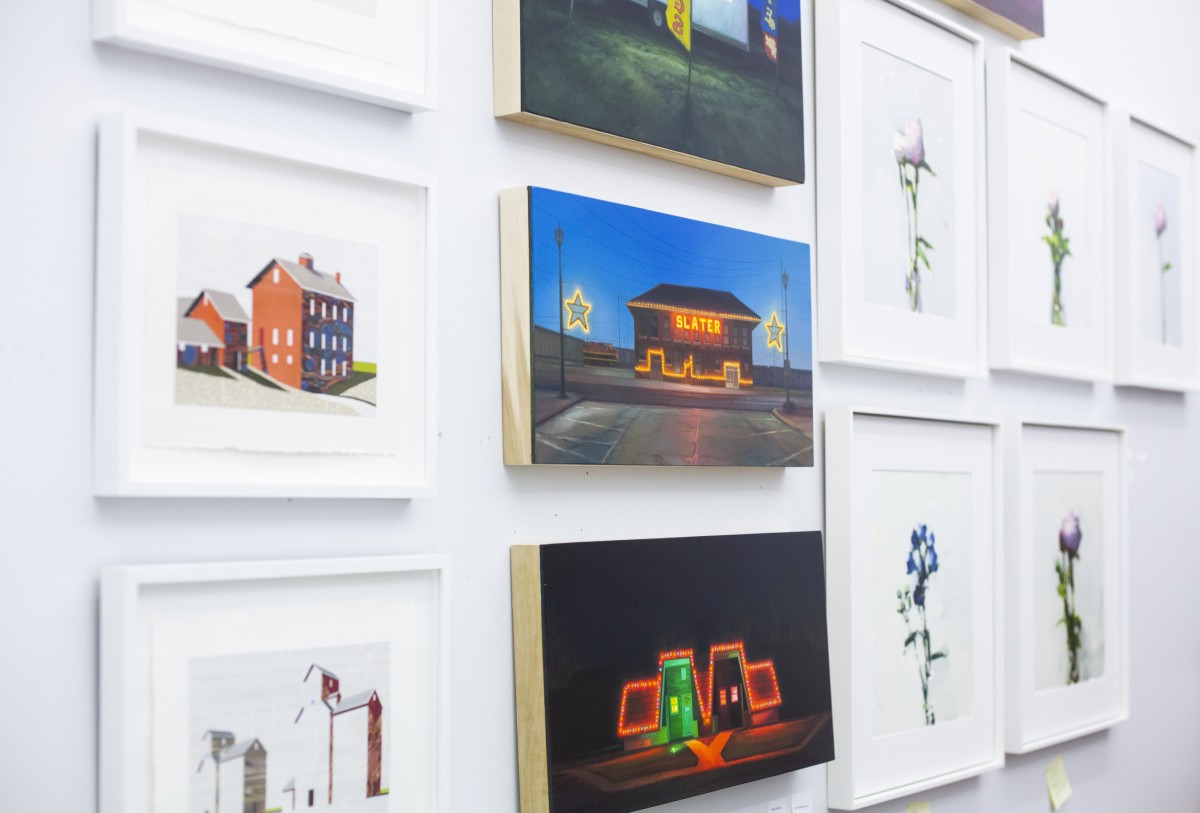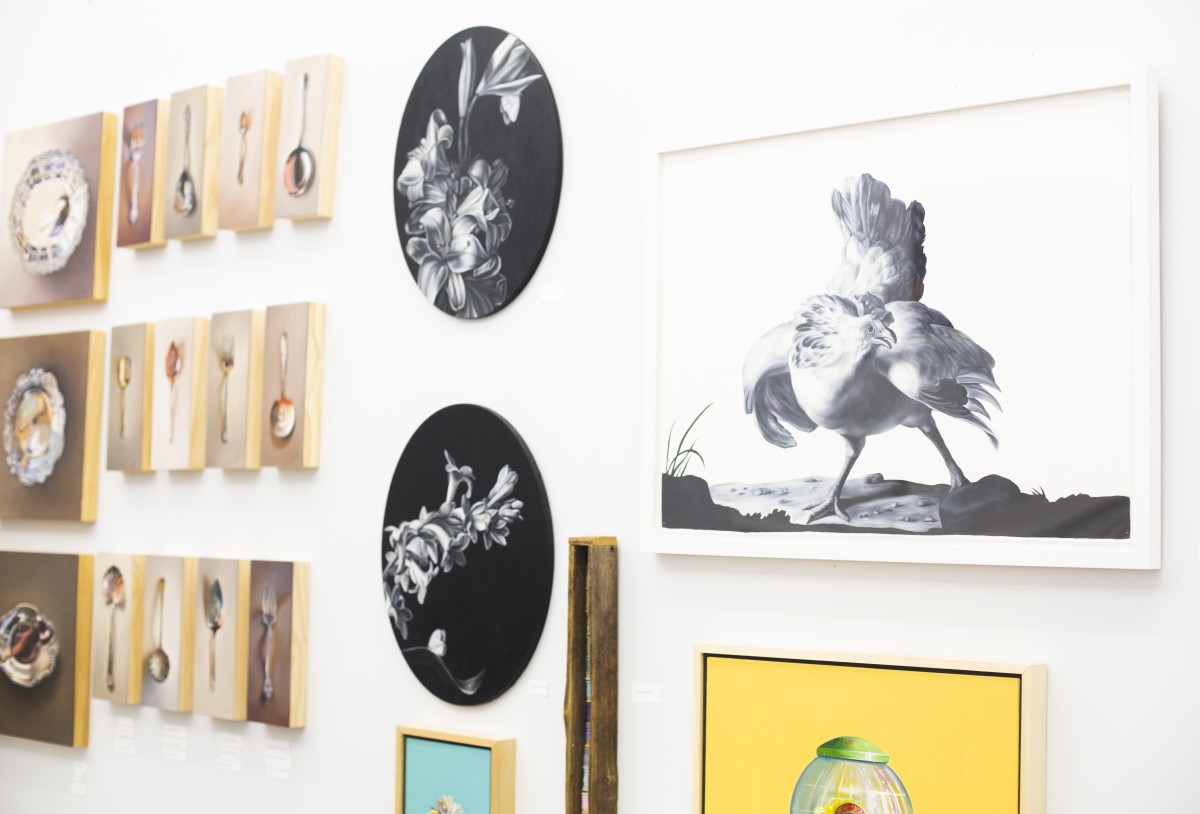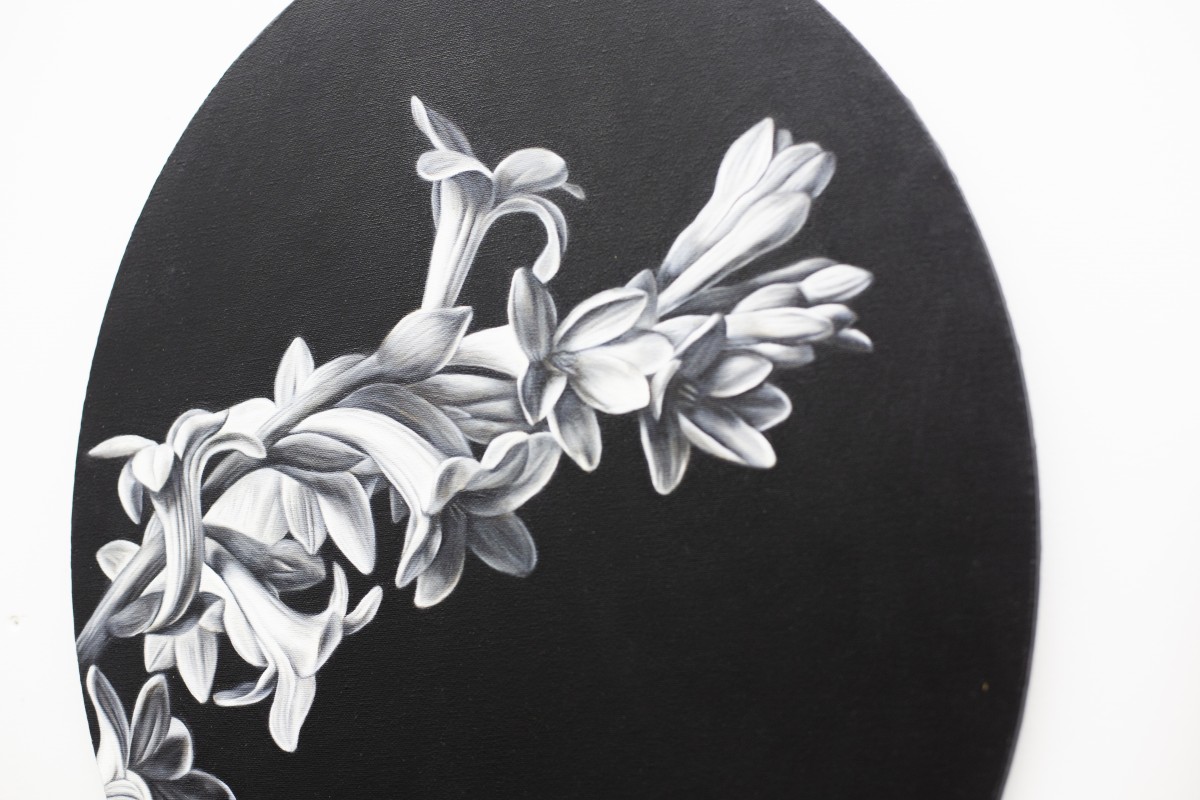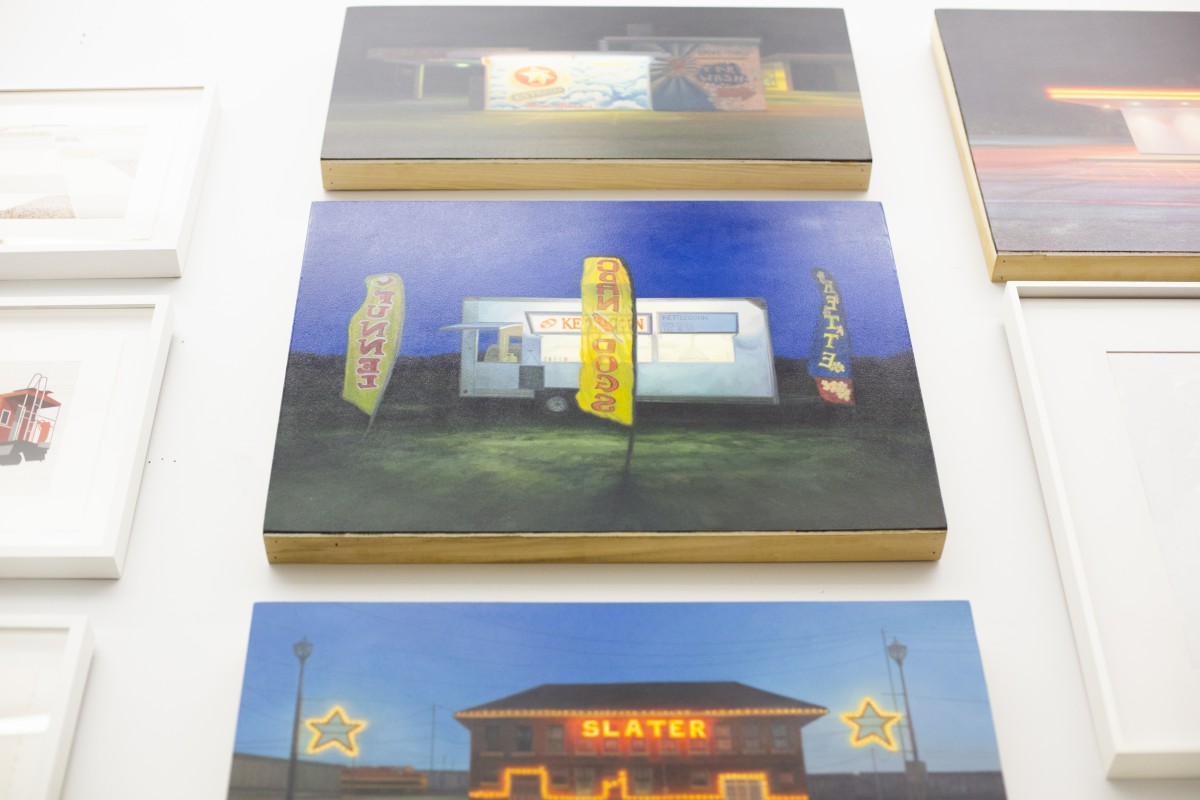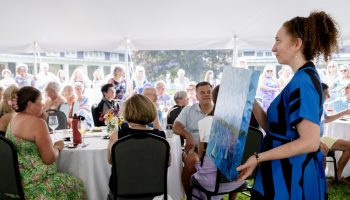Visual Arts at Chautauqua Institution’s newest exhibition may feature works all based on realism, but visitors shouldn’t expect every piece to look the same.
“My goal in curating ‘Getting Real,’ was to see how close I could balance abstraction and realism without completely pushing the imagery to one side or the other,” Judy Barie, Susan and John Turben Director of VACI Galleries wrote in her curator’s statement.
“Getting Real” will open with a reception from 3 to 5 p.m. Friday, July 19 in the Strohl Art Center’s Main Gallery. The exhibition, which features work from seven artists selected by Barie, will remain on display through Aug. 20.
Each artist in the exhibition offers a unique interpretation of realism, using the mediums of paint, paper and glass. Most of the pieces will be mounted on the walls, with paper and glass works from Pittsburgh-based sculptor Elizabeth Fortunato around the gallery.
Sarah Williams is a painter and associate professor at Missouri State University. Her paintings in “Getting Real” are all nightscapes of houses and stores inspired by the small town in Missouri where she grew up.
“My work is all nocturnal scenes, and I like to use that heightened sense of drama that happens with high contrasts (and) glowing lights to give those structures not only a sense of mystery, but also this aesthetic appeal,” she said. “It slows people down and makes them realize that there is something really unique and interesting about those things that, during the daytime, I think people tend to just drive right by.”
Williams has experimented with different styles but said she chooses to paint realistic works because of their accessibility.
“I like being able to have something that the viewer can automatically relate to as kind of a visual hook,” she said. “And if I can get them to stay, I can start giving them more information.”
William Steiger is a New York-based painter. He works primarily with architectural and mechanical imagery and has paintings and collages featured in the exhibition.
He said realism is not the ultimate goal in his work, but something he uses as a jumping off point.
“The paintings come together through a process of observation, memory and imagination,” he said.
Steiger utilizes a white background for many of his paintings, requiring the viewer to fill in certain details, possibly without even realizing what they are doing.
“I thought about the light source a lot … and the details that the brain fills in,” he said. “There are certain surfaces that are the same color of the sky; there are no lines there, (but) the viewer completes the image by looking at the details that are there.”
Shelley Reed is a New York painter whose pieces are inspired by art history. She “appropriates” different images from historical works to create new paintings, with a focus on plants and animals. She works in black and white to emphasize the detail and structure of her work.
“I love color, but (it) can be very seductive,” she said. “One can end up looking at the painting and (only) appreciating what the color is saying. … A red rose is beautiful because of the color, but what if you take that away?”
Reed said her pieces are works of “suggested realism.”
“It’s a little bit of an echo,” she said. “It’s about what’s happening in the shadows, in the shade.”
Besides being representative of the works Reed is inspired by, she uses realism in her paintings to engage with viewers.
“Realism allows for storytelling, and not just mine,” she said. “It’s about me putting the pieces together for the viewer to tell their own story.”



